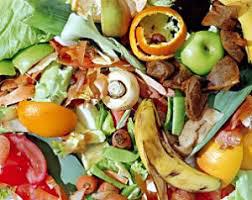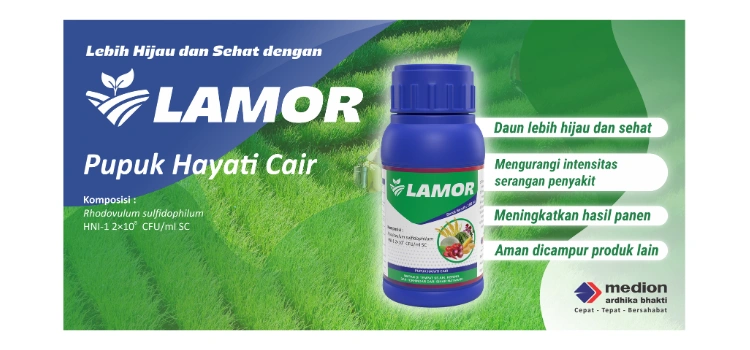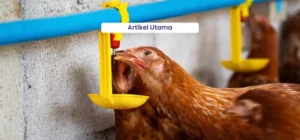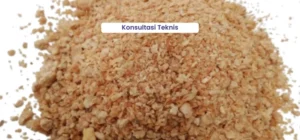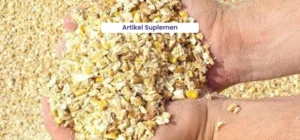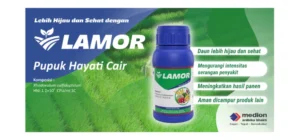As one of the business players in the livestock world, Medion not only focuses on the quality of the products it produces, but also focuses on environmental conservation. Currently, Medion has implemented the Environmental Management System - ISO 14001 as a form of participation in preserving the environment. Not only within the company, Medion also invites farmers to preserve the environment, one of the things that can be done is managing waste in the farm environment.
Types of Waste
Based on PP No. 81 of 2012 concerning Household Waste Management and Waste Similar to Household Waste article 17, waste is broadly divided into 3 types, namely organic, inorganic, and B3 (Hazardous and Toxic Materials) waste. The following is an explanation of each type of waste:
1. Organic waste
Organic waste is waste produced from materials that are easily degraded by microbes (rotting) and decomposed into compost. For example, leaves, animal waste, paper, and vegetable waste are organic waste.
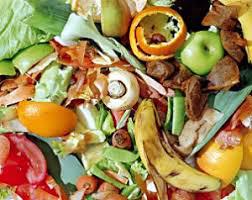
2. Inorganic Waste
Inorganic waste is waste that consists of materials that are difficult to decompose and degrade by microbes so that its destruction takes a very long time. Examples of inorganic waste are plastic waste, clean medicine bottles, cans, and gloves.
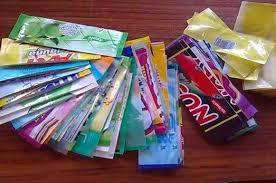
3. Hazardous Waste
Waste that contains substances, energy, and/or other components that due to their nature, concentration, and/or amount, either directly or indirectly, can pollute, damage the environment, and/or can endanger the environment, health, survival of humans and other living things. Examples of B3 waste are oil, paint, sachet or bottles that still contain hard drugs, and used syringes.
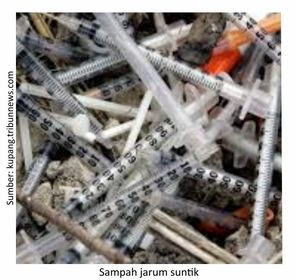
The Impact of Not Managing Waste
Waste that is not managed properly can pollute the environment and interfere with health. The following is an explanation of some of the impacts that arise when waste is not managed properly:
1. Air pollution
Decomposing waste will generally produce methane gas, carbon dioxide, and other compounds. Globally, these gases are one of the causes of the decline in air quality because they have a greenhouse effect that causes an increase in temperature. Locally, the unpleasant odors caused can interfere with human health (Tobing, 2005). In addition, poor waste management such as burning waste can also cause toxic gases such as carbon monoxide, methane, nitrogen oxides or sulfur oxides that can pollute the air and contribute to the burden of greenhouse gas emissions. Burning waste that is not in accordance with the technical requirements of waste management is clearly prohibited in Law no. 18 of 2008 concerning Waste Management article 29 (Bestar, 2012).
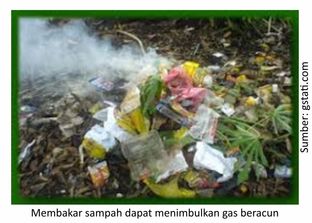
2. Water and soil pollution
The carrying of solid and liquid waste materials by rainwater can contaminate surface and groundwater. In addition, solid waste that enters waterways can clog the channels and cause flooding.
The quality of soil polluted by waste will decline and disrupt the lives of plants and animals that depend on the soil. Soil pollution is also associated with sources of air and water pollution such as carbon dioxide gas, nitrogen oxides, and sulfur oxides that are carried with rain (acid rain) then enter and pollute the soil (Erni, 2014).
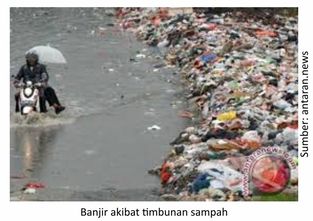
3. Impact on health
Waste is a breeding ground for parasites, bacteria, and pathogens. Indirectly, waste is a breeding ground for disease vectors such as flies, cockroaches, rats, and mosquitoes. Various diseases can arise from waste that is not managed properly. The diseases that arise are not only for humans, but can also affect surrounding livestock.
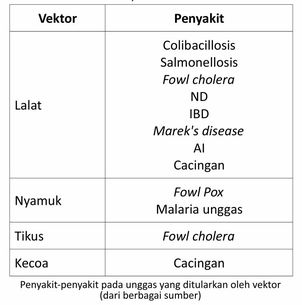
Waste Management Methods
Everyone is obliged to reduce and handle waste. One of the waste reduction efforts that can be done is to reusable. Waste management efforts can be carried out by sorting and managing waste according to the three types of waste described above. In addition, waste sorting efforts can be carried out by everyone at the source, which means that waste management by sorting waste according to its type can also be done by farmers.
Organic waste that easily decomposes such as leaves and vegetable/fruit scraps can be utilized as compost. Inorganic waste such as clean cans or plastic buckets can be (reused) for example as plant pots or containers for cage equipment (tools). To handle organic and inorganic waste that cannot be reused, sort and separate it into bins according to its type.
Especially for packaging / waste that still contains medicine, here's how to handle it:
- Separate the packaging/waste that still contains medicine from other waste.
- Wrap the packaging/waste in a non-leakable container and label it as medicine waste.
- Dispose of the container containing the medicine waste into the provided place.
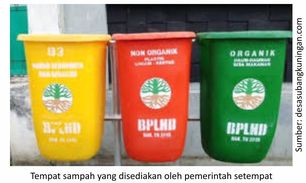
After sorting the waste, wash your hands thoroughly with soap. The sorted waste will be collected and transported by the area manager or local district/city government.
Remember, the main things in handling waste in order to preserve the environment are sorting according to type, not burning waste, not hoarding waste, and not throwing waste into ditches, rivers or waterways. Let's participate in preserving our environment by managing waste properly.

